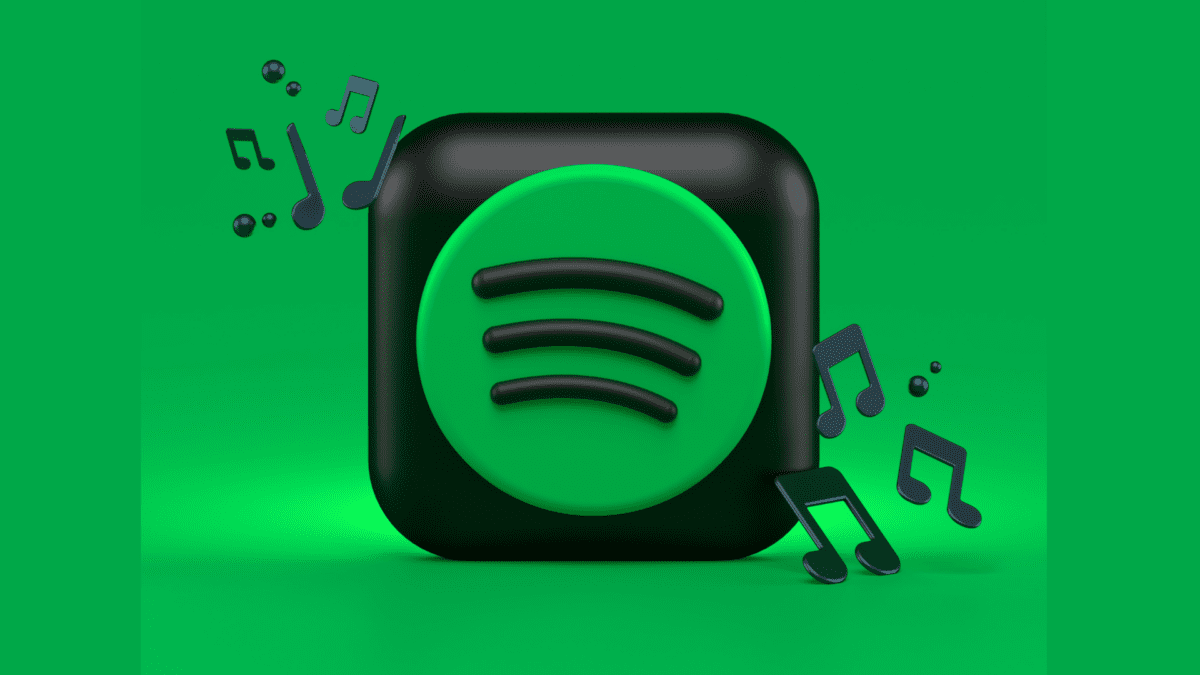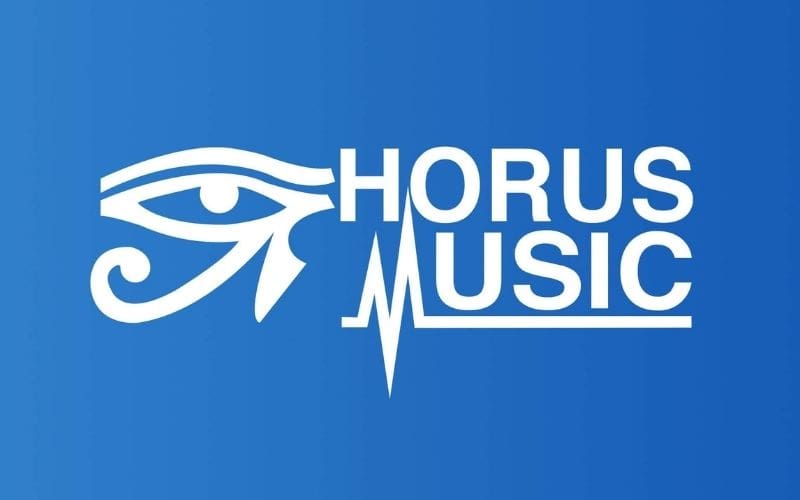
As controversial as it was revolutionary, Napster first hit the scene in the late 90s and forever altered our relationship with digital media. A pioneer of the music streaming revolution, it isn’t merely a relic of the past, though; Napster remains a significant player in today’s music landscape.
From its provocative origins to its present-day status as a respectable streaming service, the journey of Napster is a fascinating tale that mirrors the evolution of the digital music industry. In this guide, we’ll cover everything you need to know about Napster, including its history, features, pricing, and how it stacks up against competitors like Spotify. We’ll also explore how Music Gateway connects artists with platforms like Napster to reach a growing global audience. So, buckle up and join us as we delve into the world of Napster!
Table of Contents
- What Is Napster
- Napster History
- What Happened to Napster and Why It Was Shut Down?
- How Napster Was Reborn
- The Napster Logo
- Napster’s Ongoing Growth and Evolution
- Napster Features
- How Much Does Napster Cost?
- Getting Started With Napster
- Napster for Artists
- Napster vs Spotify
- DSP Distribution with Music Gateway
- Final Thoughts
- FAQs
What Is Napster?

Often overlooked in the shadow of modern streaming giants like Spotify and Apple Music, Napster has a unique charm and history in the landscape of digital music. Launched originally as a peer-to-peer file-sharing service in 1999, its turbulent history has shaped its evolution into the subscription-based music platform it is today.
Featuring a comprehensive library of over 110 million tracks, Napster delivers high-quality audio with an ad-free experience to its global community of music enthusiasts. Its personalised recommendation system tailors a unique musical journey for each listener, while its offline mode ensures your favourite tunes are always at your fingertips, regardless of internet connectivity. Offering competitive pricing, Napster is a compelling alternative in today’s music streaming industry.
However, more than just providing a reliable service for music aficionados, Napster also represents a reliable music distribution channel, helping artists and labels reach a broader audience and enhancing visibility in the industry.
Napster History
Back in 1999, Napster looked quite different from what it is today. The original platform was launched as a peer-to-peer (P2P) file-sharing network. It was a user-friendly software application that allowed people to easily share digital music files in MP3 format over the internet.
Napster became incredibly popular, giving millions of internet users access to a vast library of free audio files. At its peak, around 80 million users were registered on the network. Some colleges even had to block access to Napster because it caused network congestion when students used P2P file sharing to get their music.
With Napster, users could quickly and easily find music from every genre in MP3 format, ripped from analogue cassette tapes, vinyl records, and CDs. It was also a valuable resource for downloading rare albums, bootleg recordings, and the latest chart-toppers.
However, it’s important to note that, at this time, most of Napster’s activities were actually illegal, as the platform didn’t have copyright approvals.
Who Are the Founders of Napster?
The founders of Napster, Shawn Fanning and Sean Parker, were both software aficionados, with Fanning honing his coding skills from a tender age. Parker, meanwhile, demonstrated his entrepreneurial spirit early on and was known for his knack for identifying potential in budding technologies. When their paths converged, they created Napster: a product of their shared passion for music and technology. Their vision to make music more accessible to the masses challenged the conventional ways of music distribution, significantly impacting the global music industry.
Despite encountering numerous legal hurdles and controversies, their resilience and commitment to their vision set the course for today’s digital music revolution. Their stories serve as an inspiration to aspiring tech entrepreneurs and music enthusiasts alike, reminding us of the transformative power of innovation when fuelled by passion and perseverance.
What Happened to Napster and Why It Was Shut Down?
The Napster file-sharing service revolutionised the music industry with its innovative platform, allowing users to easily share and download music files for free. However, this groundbreaking service faced significant challenges due to its lack of control over the transfer of copyrighted material across its network.
As Napster gained popularity, it caught the attention of the Recording Industry Association of America (RIAA), which represents the interests of music labels and artists. Concerned about the unauthorised distribution of copyrighted material, the RIAA filed a lawsuit against Napster, claiming that it facilitated copyright infringement on a massive scale. A legal battle between Napster and the RIAA ensued, with both sides presenting their arguments and evidence in court. The case drew widespread attention as it raised important questions about the boundaries of digital copyright and the impact of new technologies on traditional industries.
Napster Vs Metallica
In 2000, the music industry was rocked by a legal dispute that became emblematic of the tensions between traditional models of music distribution and emerging digital technologies. The American heavy metal band, Metallica, filed a lawsuit against Napster, accusing the platform of copyright infringement. The band claimed their music was being shared illegally, costing them substantial revenue. They even went so far as to identify over 300,000 users who they alleged had illegally shared their music, demanding their accounts be blocked.
The case ended in a settlement and led to significant changes in how music was shared online, heralding the era of legitimate music streaming platforms. It also triggered an intense debate about the balance between protecting artists’ rights and fostering innovation in an increasingly digital world.
Shutdown & Bankruptcy
In July 2001, after a long and contentious court battle, the RIAA successfully obtained an injunction from the courts. This injunction forced Napster to shut down its network, marking the end of its groundbreaking P2P service.
After agreeing to recompense music creators and copyright holders for their previously unauthorised use of their music, as well as making an advance payment for the future licensing of royalties, Napster switched their service to a paid subscription model. After this revamp, the platform’s user base saw a significant reduction, and in May 2002, the company announced that Bertelsmann, a German media corporation, had acquired it. Bertelsmann had attempted to relaunch Napster as an early online music subscription service. But in September 2002, American courts blocked the sale of Napster to Bertelsmann, and the platform was forced into liquidation.
How Napster Was Reborn
Shortly after Napster was forced to liquidate its remaining assets, Roxio, a digital media company, saw an opportunity. In a bold move, they purchased Napster’s technology portfolio, brand name, and trademarks after bidding $5.3 million in cash at a bankruptcy auction.
Following this acquisition, in 2003, Roxio purchased PressPlay, an online music service launched by Universal Music Group and Sony Corporation in 2001, to combat illegal file-sharing. They strategically rebranded the PressPlay music store as ‘Napster 2.0’, aiming to resonate with music enthusiasts and recapture some of Napster’s dedicated user base.
Brand Changes Through the Years
The Napster brand has experienced several significant transformations throughout its history. One of the most notable milestones occurred in 2008 when US electronics retailer Best Buy acquired Napster in a deal valued at $121 million. Three years later, Rhapsody, a prominent streaming music service, struck a deal with Best Buy to acquire Napster, merging the platform with their own streaming service. While the financial specifics of this acquisition were not publicly disclosed, the agreement allowed Best Buy to retain a minority stake in Rhapsody.
Interestingly, although the iconic Napster name temporarily disappeared from the U.S. market for several years, the service continued to operate under the Napster brand in the United Kingdom and Germany, offering its unique music streaming experience to users in those regions.
The Napster Logo
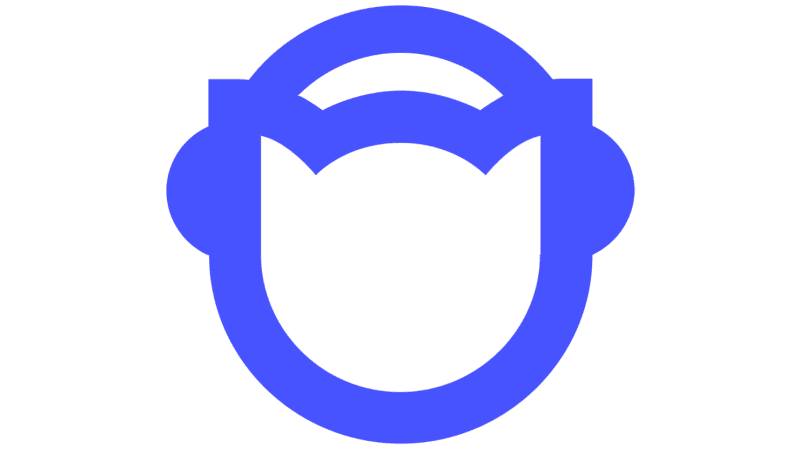
The Napster logo, a simple yet striking emblem, became an iconic symbol of a groundbreaking platform that dared to redefine music consumption. It features a quirky cat with headphones, encapsulating Napster’s spirit of joviality, innovation, and its firm roots in the music world.
This playful logo resonated with the brand’s commitment to providing consumers with a user-friendly, enjoyable experience. The headphones denote a direct connection to music, while the cat, commonly associated with curiosity and independence, reflects Napster’s daring venture into uncharted territories.
Despite the brand’s evolution over the years, the logo has remained consistent, reflecting Napster’s adherence to its core values and enduring legacy in the music industry.
Napster’s Ongoing Growth and Evolution
Furthering its pursuit of product development, brand recognition, and an enhanced user experience, in 2013, Rhapsody announced the expansion of its Napster-branded service into 14 additional countries, opening doors to millions of music enthusiasts worldwide. Moreover, Rhapsody embarked on a journey of international rebranding in 2016, bringing all of the company’s music streaming services under the globally recognised Napster. This strategic decision reinforced Napster’s position as a go-to source for music-on-demand, not only for its dedicated standalone users but also as a preferred integration partner for platforms like iHeartRadio.
Following strong global growth, the Napster platform was again sold in 2020, with virtual reality concert promoter MelodyVR acquiring the service. However, this partnership would prove to be short-lived; MelodyVR would themselves sell Napster just two years later, with an investment consortium headed up by Hivemind and cryptocurrency protocol Algorand.
Today, Napster continues to grow and move with the times. Recently expanding its music library from 60 million to over 110 million songs, the service is constantly expanding to meet the demands of a growing global user base.
Napster Features
With its extensive library of songs, user-friendly interface, and personalised playlists, Napster offers a robust suite of features designed to enhance your listening experience. Its offline listening option ensures uninterrupted access to your favourite tracks, while high-quality sound and compatibility across multiple devices make it a popular choice for music enthusiasts worldwide.
Without further ado, here’s our guide to Napster’s most powerful and convenient features.
Music Library

The Napster music library is a treasure trove for music lovers, boasting a collection of over 110 million songs from diverse genres, eras, and artists. Napster’s music library caters to all tastes and preferences, from classic hits that take you down memory lane to the latest chart-toppers making waves in the industry.
The platform’s artist-centric approach ensures that music enthusiasts can easily find albums and tracks from their favourite artists. But if you’re hunting for your next favourite band, the platform assists music discovery by offering curated playlists, music channels, and radio stations.
For those who like a personalised streaming experience, Napster’s music library is fully customisable, allowing users to create personal playlists. Furthermore, the platform’s interface is user-friendly and intuitive, ensuring a smooth and enjoyable user experience.
Playlists
Napster’s playlist feature is a standout element that enhances the listener’s musical journey. From mood-based playlists that perfectly encapsulate the essence of various emotions to genre-specific collections that delve deep into the world of a particular style of music, there’s a playlist for every occasion. You can also create your own playlists, curating a personalised soundtrack for your life.
Napster’s algorithmic recommendations are incredibly adept at predicting user preferences, providing personalised playlist suggestions that align with your musical inclinations. Moreover, the platform also offers collaborative playlists, allowing you to create a shared musical experience with friends and family. All in all, Napster’s playlists provide a tailored, engaging, and seamless music experience.
Audio Quality
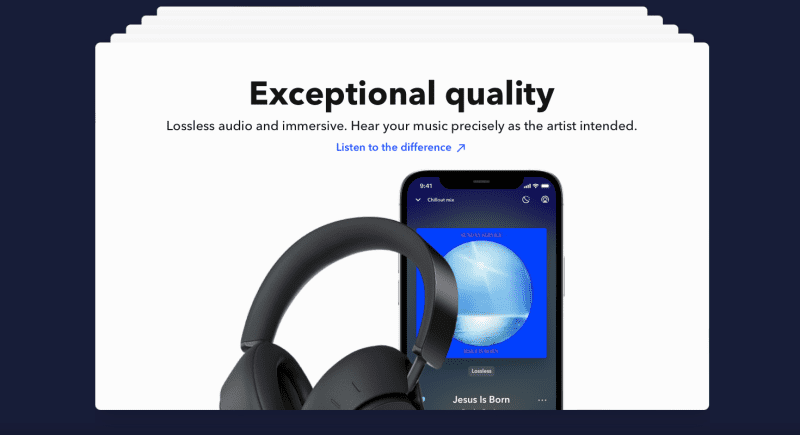
The platform offers excellent audio quality, with a standard bitrate of up to 320kbps for premium members, delivering a crisp, clear, and immersive sound. This attention to audio quality extends to all songs in Napster’s extensive library, reinforcing its commitment to delivering a premium music experience to its users. In addition, some tracks are also available in FLAC format for CD-quality Lossless audio.
Whether you are using headphones, a home audio system, or a mobile device, you can look forward to a superior sound quality that enhances the enjoyment of the music.
Music Videos

Not just limited to audio, Napster provides an extensive collection of music videos for its users to enjoy. This feature brings an enriching, multi-dimensional experience for users who like to connect to music visually as well as audibly. The video library covers a wide range of genres, from pop and rock to country and classical, ensuring that there is something for every taste. Moreover, Napster delivers these videos in high definition, adding to the overall quality of the viewing experience.
The immersive nature of music videos can provide a deeper understanding of the artist’s intentions, as they often include artistic interpretations of the song’s lyrics and themes. So, whether you want to watch the latest chart-topping hits or classic music videos from yesteryear, or discover new artists through their visual storytelling, Napster’s music video library is a boon for music and video lovers alike.
Transfer Your Music Library

If you’ve used a music streaming platform for any amount of time, you’ve probably gathered an extensive collection of your favourite songs, playlists, and albums. With Napster, users can effortlessly transfer their existing music collections from other platforms. The process is designed to be intuitive and user-friendly, ensuring that even those who aren’t tech-savvy can easily navigate it.
The feature supports a wide range of file formats, from MP3 to WAV and FLAC, ensuring that your favourite tracks retain their original quality, regardless of their format. Furthermore, Napster’s software analyses your library to detect and eliminate duplicate files, ensuring a cleaner and more organised music collection. With Napster, your cherished music collection will always be ready and waiting for you, no matter where you are!
Offline Listening

From the morning commute to leisurely weekend trips, music forms an integral part of our everyday journeys. Recognising this, Napster offers an ‘Offline Listening’ feature, allowing users to enjoy their favourite tracks even when internet access is unavailable.
Users can easily download any song, album, or playlist directly to their device, ensuring uninterrupted enjoyment of their music library on the go. Whether you’re travelling by air, traversing underground tunnels, or simply wishing to conserve data, Napster’s offline listening capability ensures that your music remains a constant companion.
Napster Radio

Napster Radio offers a selection of bespoke radio channels that provide a unique listening experience tailored to your favourite genres, artists, and mood. Each channel is expertly curated to weave a seamless musical journey, with each song flowing into the next for uninterrupted listening pleasure.
Napster’s Radio feature is adaptive and learns from your listening habits – the more you use it, the better it becomes at serving you a perfect playlist. Whether you’re seeking motivation for a workout, some soothing sounds for relaxation, or the right rhythm for a night of dancing, Napster Radio has a channel to suit.
Multiple Ways to Listen
Whether you prefer the power of a desktop device, the convenience of a smartphone, or the home-spanning possibilities of smart speakers, Napster offers plenty of ways to access the platform and enjoy your music:
Napster App

Available on both iOS and Android platforms, the app offers an intuitive and user-friendly interface, making navigating through your vast music library effortless. The app’s sleek and uncluttered design directs your focus solely on the music, enhancing your listening experience. Its integration with smart devices such as smartwatches and home assistants lets you control the music playback hands-free, adding another layer of convenience to your musical journey.
Furthermore, the Napster app also features social sharing capabilities, allowing you to share your favourite tracks or playlists with your friends and family, thereby fostering a shared love of music.
Web Player + Desktop App

The Napster Web Player presents the perfect solution for those who listen to music on their PC or laptop, whether while working or simply to enjoy the superior audio qualities of studio monitor speakers. Accessible directly from your favourite browser, the web player is a quick and easy solution for desktop streaming. Alternatively, the Napster desktop app is also available to Windows and Mac users and can be procured by visiting the Napster download page.
TV

If you enjoy the convenience of accessing your music from your TV or games console, Napster has you covered. The Napster TV app can be downloaded on many popular entertainment systems, including Samsung and LG Smart TVs, FireTV, Chromecast, Steam Deck, and Xbox Series X and S.
Smart Speakers

Napster’s integration with Sonos brings your personalised music experience to a whole new level. This seamless collaboration lets you control your Napster library and curated playlists via your Sonos sound system. You can easily stream your favourite tracks, albums, or radio channels throughout your home on your Sonos speakers, creating an immersive sound experience tailored to your unique taste.
Moreover, flawless synchronisation ensures uninterrupted music playback, offering you the freedom to move around your house without missing a single beat. This integration also simplifies sharing music with your family and friends, making it possible for everyone in your home to enjoy the music they love, in any room, at any time.
How Much Does Napster Cost?

Napster offers two main subscription plans that cater for different listener requirements. The Individual plan provides ad-free streaming to the entire Napster library, library transfer, music video access, and Lossless audio, where available, for £10.99 per month. Furthermore, you can get two months free if you pay for a year in advance.
Alternatively, the Family plan could be of interest to multi-user households. With all the same features as the Individual plan, Family includes up to six accounts for just £14.99 per month.
If you would like to try the platform out for yourself before signing up, then you’re in luck – Napster offers a 30-day free trial, so you can fully explore the service before committing to a subscription.
Getting Started With Napster
If you’re new to Napster, getting started is a breeze. To begin your adventure, head over to napster.com or visit the Apple App Store or Google Play Store to download the app. After entering your email address and creating a Napster account, you can select either a monthly or annual payment plan and start your 30-day free trial. Then, it’s time to start exploring!
Once you’re in, you’ll find a clean, intuitive interface. On your home page, you’ll see a selection of playlists, new releases, recently played music, and new releases curated for you. The left-hand side menu offers options to search for music, watch music videos, or access your music library. Searching for specific artists, albums, or tracks is as straightforward as it gets, thanks to the quick-access search button.
Napster for Artists
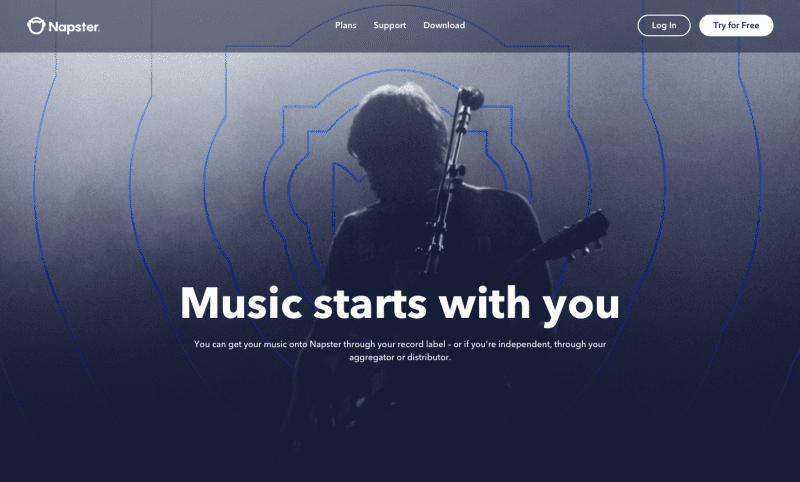
Napster for Artists is a distinctive platform that enables recording artists, songwriters, and music producers to connect directly with fans. It provides a space to share their creative process and showcase their music to a global audience. Equally important, the platform offers valuable analytics to help artists gain a deeper understanding of their audience and optimise their music distribution strategy.
In spite (or perhaps because) of the piratical ethos of the original Napster, nowadays, the platform strongly believes in fair compensation for artists. They ensure transparent and accurate royalty payments and implement a user-centric payment system. Additionally, their Discover feature increases the chances for emerging artists to get noticed and appreciated by new listeners.
Napster Royalties
Despite its relatively small user base, Napster has consistently maintained a higher pay-per-stream rate than other major streaming platforms. As of the most recent data available, Napster pays artists around $0.019 per stream, although different distributors negotiate different payment rates. It’s also important to remember that these payments are usually divided amongst various stakeholders, including record labels, distributors, and producers, before reaching the artists.
Napster vs Spotify
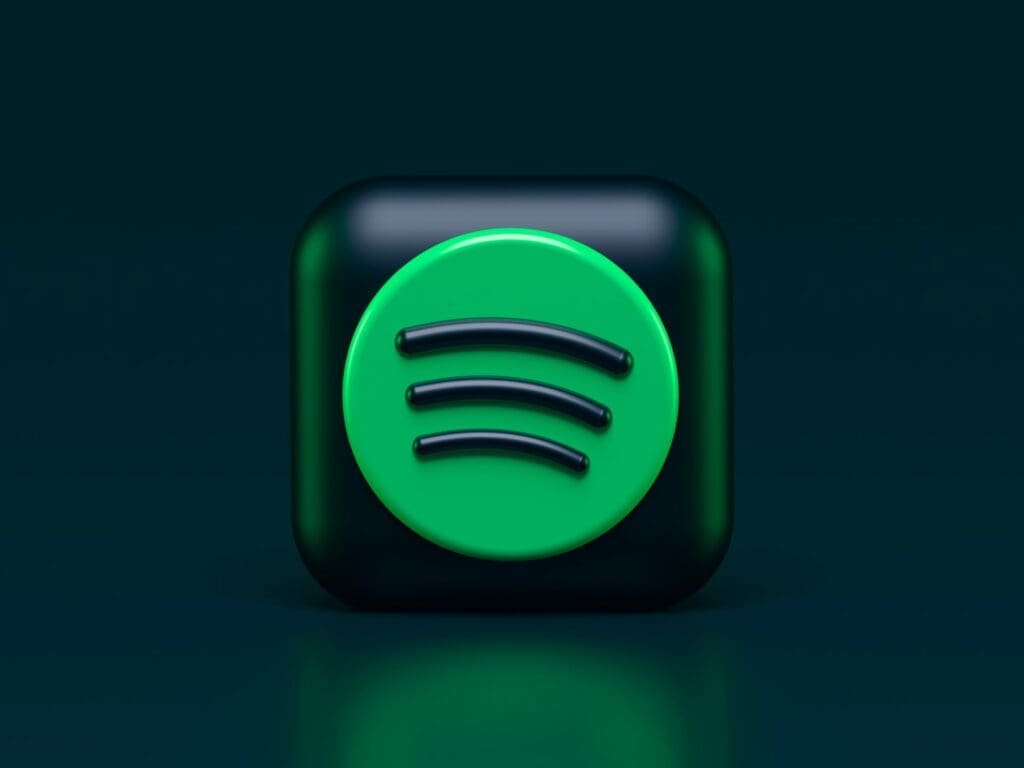
Napster and Spotify have each played a pivotal role in shaping the music streaming industry, but how do they compare as music streaming platforms? Both offer unique experiences to music lovers worldwide, with a variety of distinguishing features that may appeal to different users.
Spotify has gained popularity for its user-friendly interface and personalised playlists, such as ‘Discover Weekly’ and ‘Daily Mix’. The platform integrates smoothly with social media channels, making music sharing effortless. Napster holds its ground with an equally vast music library. However, Spotify has the edge with a selection of podcasts and audiobooks, superior integration options, and a host of third-party tools that offer enhanced stats. However, what perhaps sets Napster apart is its commitment to supporting artists, offering an industry-high pay rate per stream. Moreover, while we’re waiting for the expected launch of Spotify Hi-Fi, Napster’s commitment to lossless streaming offers an undiluted listening experience that appeals to audiophiles.
Both platforms deliver in terms of variety and accessibility, but Napster could be a compelling choice for those seeking an immersive musical experience that appreciates and honours the artist’s craft.
DSP Distribution with Music Gateway

A strong presence on Digital Service Providers (DSPs) such as Napster is essential in today’s music industry. And with Music Gateway, you can distribute your music to more than 300 of the world’s top DSPs, including Napster, Spotify, Apple Music, and Amazon Music.
After uploading your song and providing a few details, Music Gateway will handle everything else, sharing your music with top streaming platforms and millions of potential listeners. As a result, your music will benefit from more visibility and a broader reach, helping you to expand your audience and increase revenue streams. Music Gateway ensures that your royalties are accurately tracked and promptly paid, empowering you with complete control over your earnings. Moreover, pro users can keep 100% of sale royalties earned from streams.
Music Gateway also provides opportunities for sync licensing, which could see your songs feature in films, TV series, games, and advertisements. These additional revenue streams can significantly boost your music career, giving you the freedom to focus solely on your creativity. So, Join Music Gateway today and harness the power of Napster and the world’s top DSPs to maximise your streaming performance.
Final Thoughts
From controversial beginnings and a stormy history to a solid modern-day DSP platform, Napster has played a unique role in developing the music streaming industry. Few platforms can claim to have played such an influential and revolutionary role in shaping how we consume music. However, despite repeated changes in ownership and intense competition from a growing number of streaming services, Napster continues to play an important role, supporting the rights of creators and leading the market in pay-per-stream rates.
While there are plenty of choices for listeners, Napster is an essential component of the modern industry. And with the Music Gateway distribution service, you can maximise the platform’s potential to increase visibility and expand your audience.
FAQs
How Can I Create a Napster Account?
To create a Napster account, visit the ‘Plans’ page and select your preferred subscription type to get the ball rolling.
Can I Get Napster for Free?
Before paying a penny, you can enjoy 30 days of free access to Napster to try out all of the platform’s features.
How Much Does Napster Cost?
Napster’s standard Individual plan is available for £10.99 per month, while the six-account family plan comes out at £14.99 per month. If you opt for the annual payment option, you’ll also enjoy two months of free access.
How Do I Log In to Napster?
You can access the platform from a desktop PC or laptop by visiting the Napster login page. If you’re using the app, simply follow the login steps after downloading the app to your device.
How Can I Find the Napster App ‘Napster for Artists’?
To create an artist’s account and access the platform’s insightful stats and analysis tools, visit the Napster for Artists homepage for more information.
Who Founded Napster?
Shawn Fanning and Sean Parker are the co-founders of Napster. The pair met when they were 14 and 15, respectively, and would go on to develop the platform while studying at Northeastern University.
When Did Napster Come Out?
Napster’s first incarnation launched in June 1999 and operated until July 2001.
What Is a Napster?
The name comes from the nickname of Napster founder Shawn Fanning. At the time, the developer sported ‘nappy-textured’ hair, leading to him receiving the nickname “Napster”!






